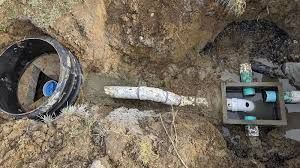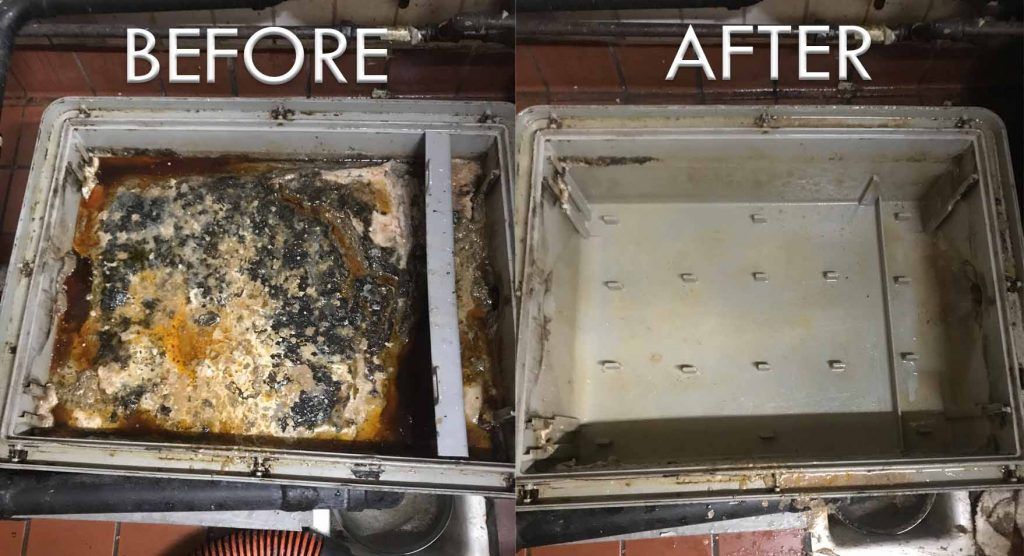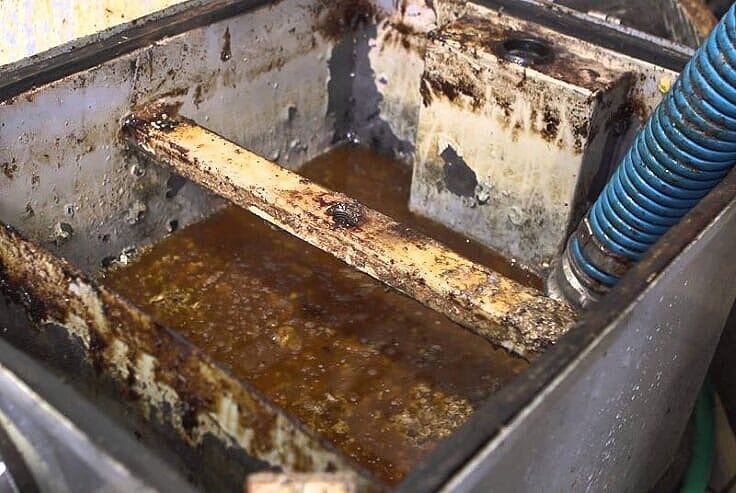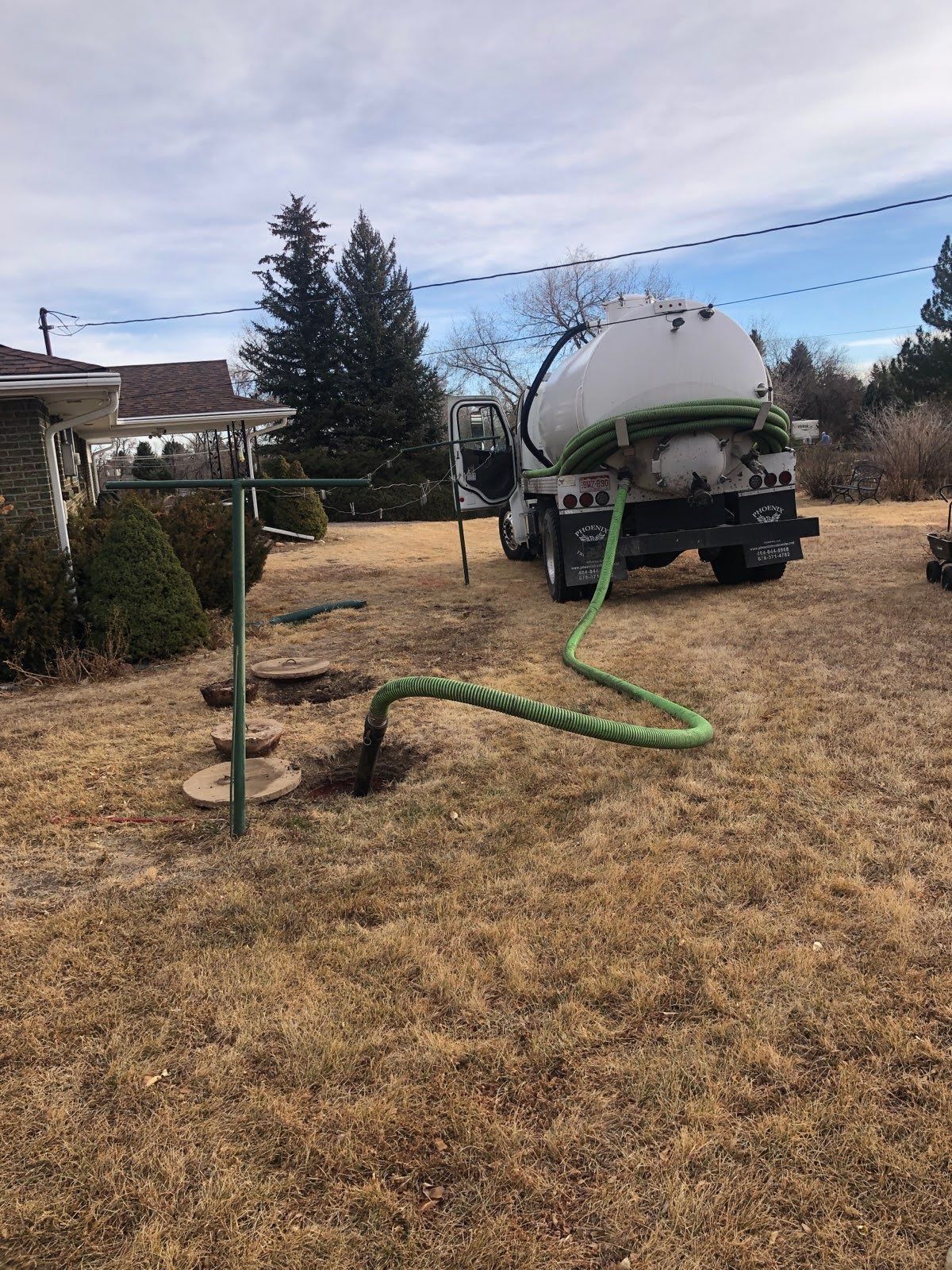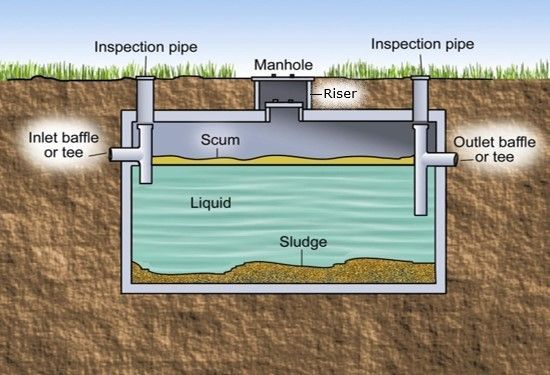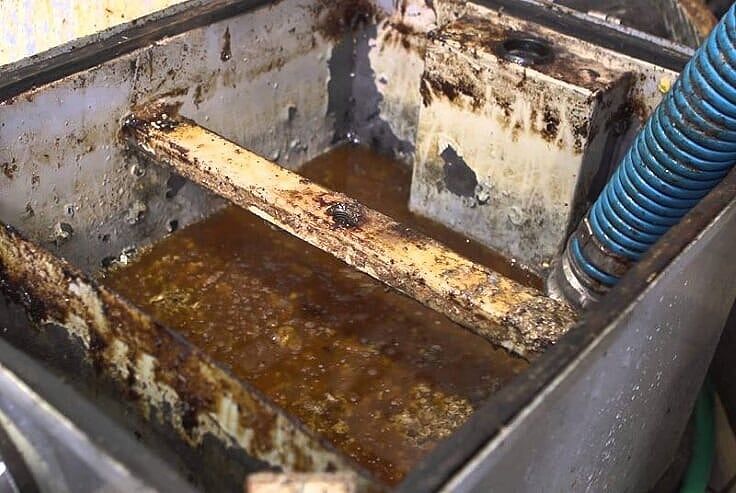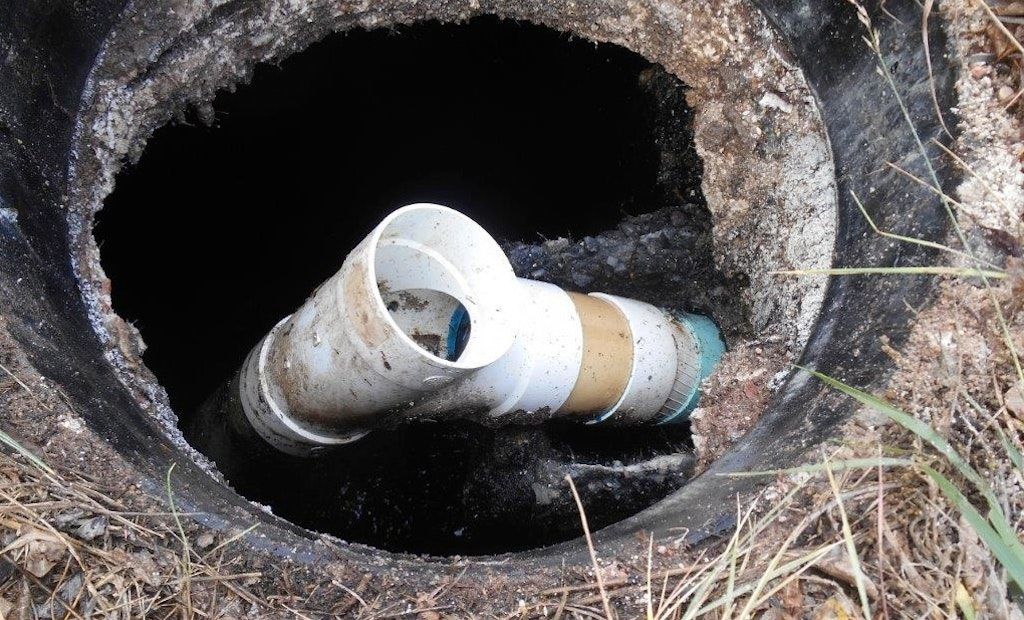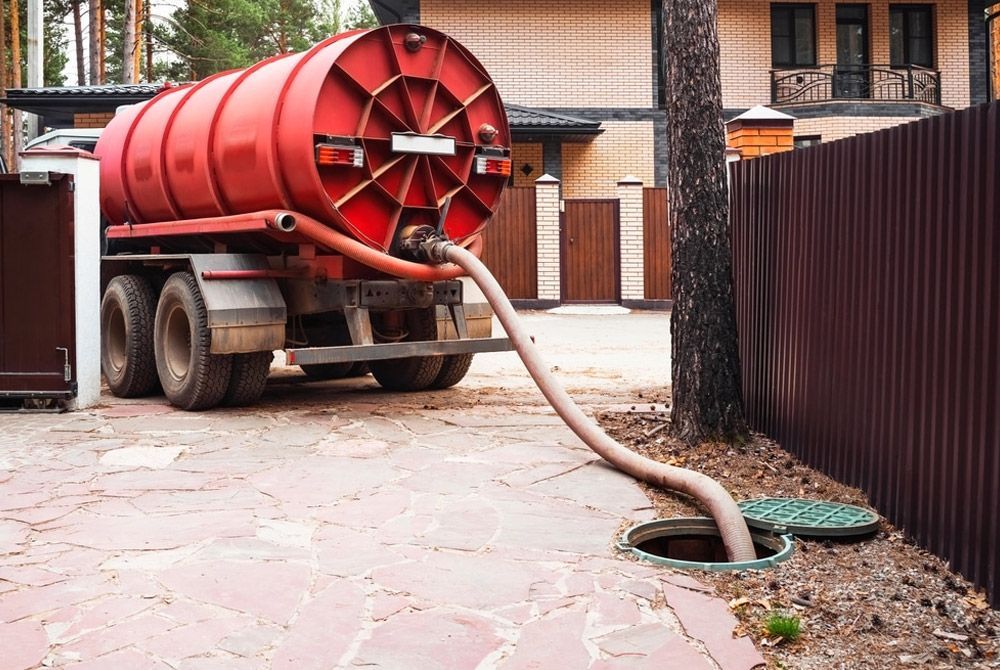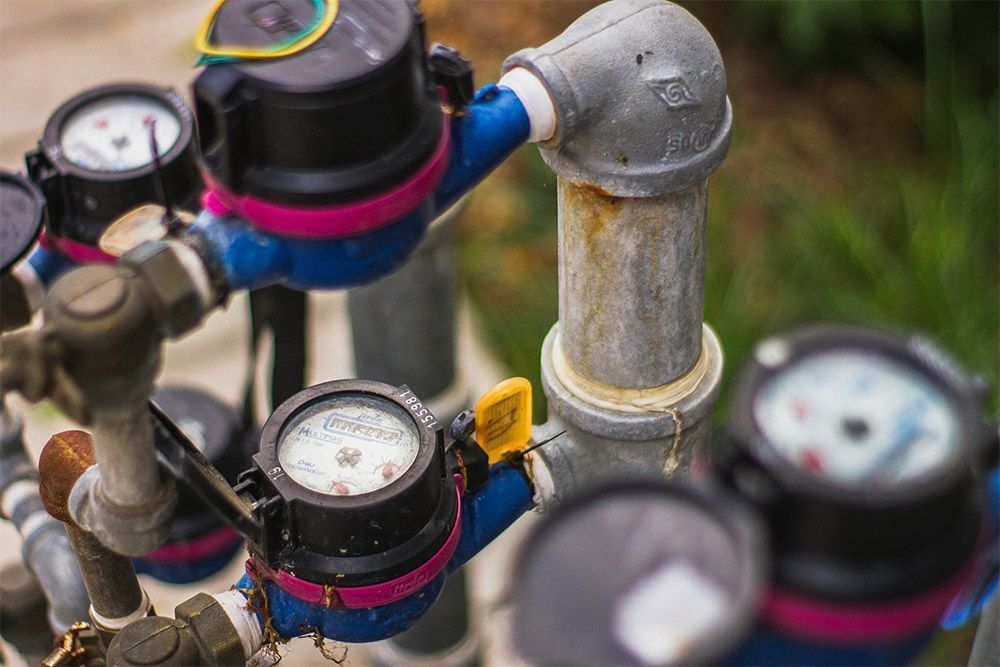What is Grease Trap Cleaning, and Why Is It Important?
In commercial kitchens – particularly in restaurants, hotels and food processing facilities – managing grease, fats, and oils is a crucial part of maintaining a clean, safe, and legally compliant environment. One of the most essential tools in this effort is the grease trap – a device designed to intercept and collect fats, oils, and grease before it can enter the sewer system. Like any tool, however, a grease trap only works effectively when it’s properly maintained, and that includes regular grease trap cleaning.
If you own a restaurant, manage a facility, or operate a commercial kitchen, understanding what grease trap cleaning involves and why it is so important can help you avoid costly plumbing issues. It can also help save you from health code violations and other environmental fines. By knowing what grease trap cleaning is and how it works will show you why it should be a top priority in any food service operation.
What is a Grease Trap?
A grease trap (also known as a grease interceptor) is a plumbing device designed to separate and capture fats, oils, and grease from wastewater before it flows into the municipal sewer system. These substances are lighter than water and tend to float, while solids sink. The grease trap takes advantage of the flow of the wastewater, allowing grease and solids to separate out and remain in the trap while cleaner water exits into the sewer.
Grease traps can range in size from small under-sink units to large in-ground interceptors capable of handling high volumes of waste. Regardless of size, their purpose remains the same – preventing the buildup of fats, oils, and grease in your plumbing and sewer system. It’s a critical piece for nearly any commercial cooking outfit or restaurant.
Why Do Grease Traps Need to be Cleaned?
Over time, the trapped grease and solids accumulate inside the device. If left unchecked, several problems can occur. The most common issues are blockages and backups. As grease and food waste accumulate, they can clog the trap and eventually your kitchen’s plumbing system. This can result in slow drains, backups, and even flooding – none of which are ideal in a commercial kitchen environment.
Foul odors can also emerge, coming from decaying food waste and congealed grease inside a full trap. These odors can be extremely unpleasant, and they can permeate the kitchen and dining are. This leaves a negative impact on customer experience and employee impact. Health inspectors also routinely check grease traps as part of their inspections. Overflowing or poorly maintained traps can lead to health code violations, fines, or even temporary closures.
There are dangers outside of your walls, too. If grease escapes into the public sewer system, it can cause major problems such as sewer overflows and blockages. Grease hardens and clings to pipe walls, eventually forming massive “Fatbergs” that are costly and time-consuming for municipalities to remove. Ignoring the maintenance on the grease trap can lead to expensive emergency plumbing repairs, fines, and increased fees for waste disposal or environmental cleanup.
What Does Grease Trap Cleaning Involve?
Grease trap cleaning is more than just skimming a bit of oil off the top. The process requires specialized equipment and techniques to ensure the trap is fully emptied and cleaned. Taking the right steps to clean your grease trap will make sure it’s done correctly. First, you should inspect the trap. A technician will open the trap and look at its overall condition. They’ll measure the depth of grease, oil, and solids to determine if cleaning is necessary and assess whether the system is working properly.
Following inspection, the accumulated grease, oil, solids, and wastewater are pumped out using a vacuum truck or portable pump. This material is transported to a licensed facility for proper disposal or recycling. After the bulk of the waste is removed, technicians will scrape and scrub the interior of the trap to remove any hardened grease stuck to the walls. Some companies may also pressure wash the unit.
Once cleaned, the trap is reassembled, and a final inspection is performed. Most professional services will provide documentation of the cleaning, which is important for health inspections and compliance with local regulations.
How Often Should a Grease Trap Be Cleaned?
No two kitchens are the same, and the amount of oils and grease they use can vary greatly from one place to the next. There are a number of factors that will determine how often you should clean your grease trap. The main factors are the size of the trap, the volume of food production, the types of food being prepared, and local regulations.
As a general rule of thumb, most commercial kitchens should clean their grease trap every 1-to-3 months. However, some high-volume establishments (like fast food restaurants or cafeterias) may need monthly cleanings or more. A good guideline is to follow the 25 Percent Rule: If the trap is 25 percent full of grease and solids, it’s time to clean it.
Regulatory Requirements
Many cities and counties have specific regulations regarding grease trap maintenance. These regulations may include mandates on how frequently cleaning must occur, rules on recordkeeping and documentation, waste disposal standards, and the health and water authorities that need to do the inspections. Failure to comply can result in fines, permit revocation, or other enforcement actions. That’s why partnering with a licensed grease trap service provider is critical. They understand the local codes and will keep your facility in compliance.
Environmental Impact of Neglected Grease Traps
When grease goes into the municipal sewer system, it doesn’t just cause backups – it harms the environment. Blockages can lead to untreated sewage discharges into local waterways, polluting lakes, rivers, and oceans. Grease and food waste also increase the biological oxygen demand (BOD) of water, which means more oxygen is consumed as bacteria break down the waste. This process can deplete oxygen levels in the water, harming fish and other aquatic life. Proper grease trap cleaning isn’t only a good business practice, it’s also a responsibility to the community of the planet.
Signs Your Grease Trap Needs Cleaning
If you’re not sure when to schedule your next cleaning, there are a bunch of warning signs to be on the lookout for. An easy telltale sign is slow draining sinks or dishwashers, or persistent foul odors around sinks or drains. Grease appearing in unusual places is also an indicator, or if grease is escaping into the outgoing water line. There’s always the obvious sign of the grease trap overflowing – or you get a notice from the health or sewer authority. If you notice any of these, it’s best to schedule a professional cleaning as soon as possible to avoid bigger problems.
DIY Cleaning vs. Professional Service
Some small facilities attempt to clean their grease traps, especially if they use under-sink models. While this may save money up front, it’s often not recommended for several reasons. Professional services provide thorough cleaning and inspection along with proper waste disposal. They will also offer documentation for compliance and will avoid making a mess. Using pros also reduces the risk of damage to the trap.
The biggest risk of doing it yourself is understanding if you’ve completely cleaned the grease trap. There’s also the risk of improper waste handling, and the process could expose you to injury or other hazardous materials. You may also unwittingly violate health or safety codes. Hiring a professional makes sure the job is done correctly and keeps your business running smoothly.
How to Minimize Grease Buildup
While regular cleaning is essential, you can take proactive steps to reduce how quickly grease will accumulate. Scrape plates and cookware into the trash before washing and use sink strainers to catch any solids you missed. Avoid pouring grease down any drains, and train your kitchen staff on proper waste disposal. Install signage near sinks to remind workers of these tasks, and consider a pre-treatment system to reduce fats, oils, and grease from entering the trap. These practices can help your grease trap work better but also extend the time between cleanings.
Choosing the Right Grease Trap Cleaning Service
Selecting the right service provider is just as important as scheduling regular cleanings. Not all grease trap cleaning companies offer the same level of quality, professionalism, or compliance support. Always make sure the company is licensed to handle and transport grease waste in your area. They should also comply with local, state, and federal environmental regulations. The company you select should also have experience with commercial kitchens. Look for a provider that understands the unique needs of restaurants, cafeterias, and foodservice operations.
A good company will also offer scheduled maintenance plans that help you stay in compliance without having to remember every cleaning. These plans can save money over time. The provider will also give you detailed reports after each cleaning, including the volume of waste removed, the condition of your trap, and any recommendations for continued maintenance. This is a vital but often overlooked aspect of running a commercial kitchen. For more information, reach out to the experts at Affordable Septic Pumping today.
